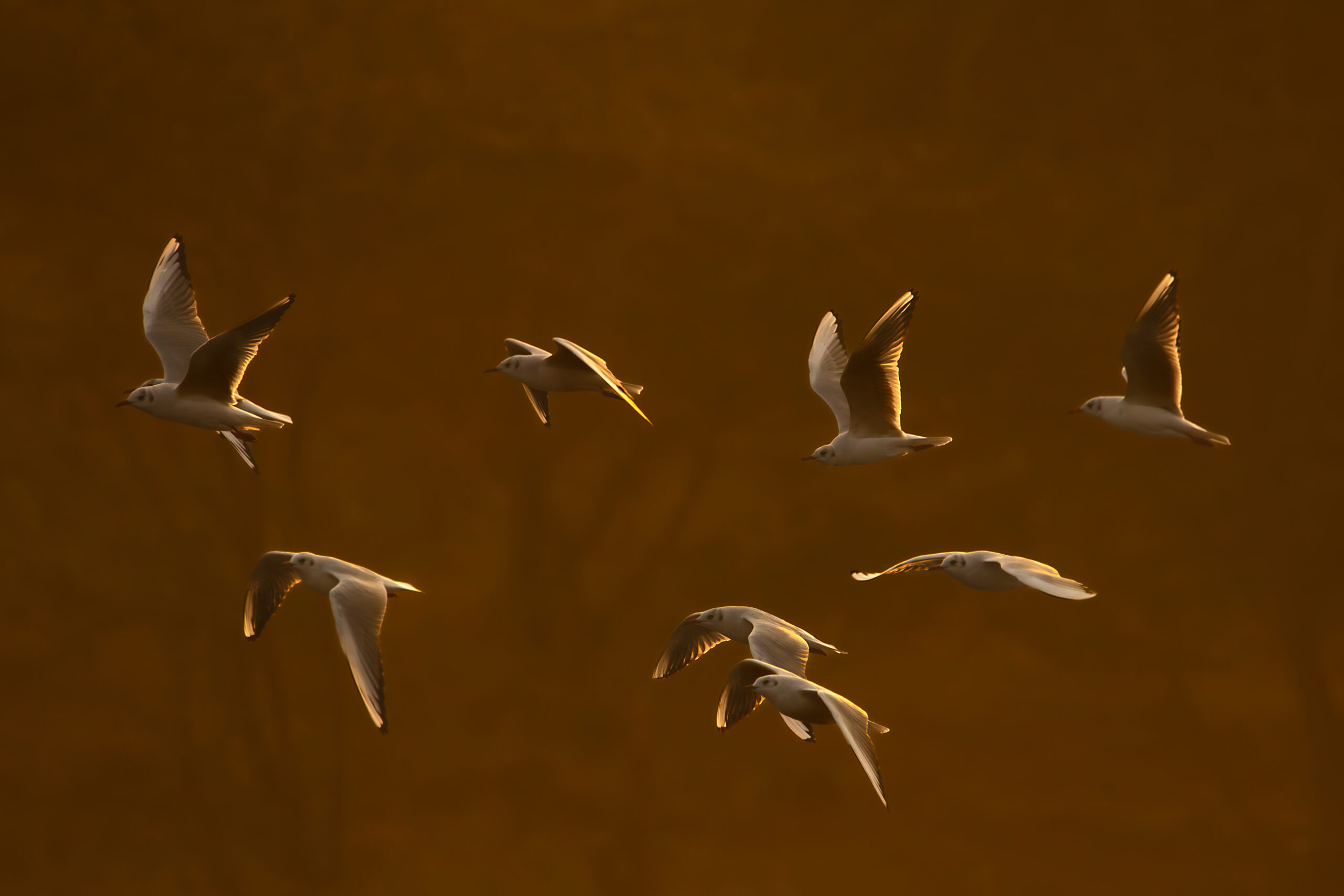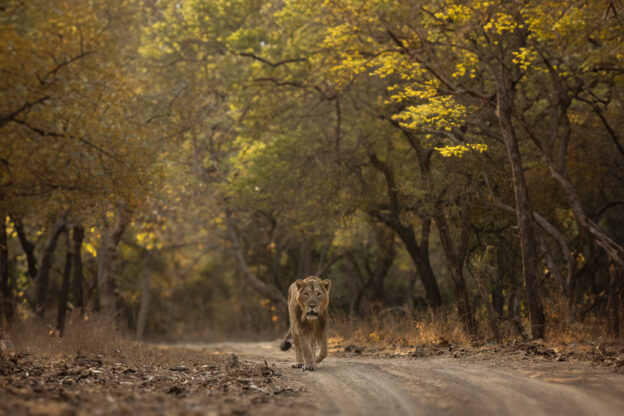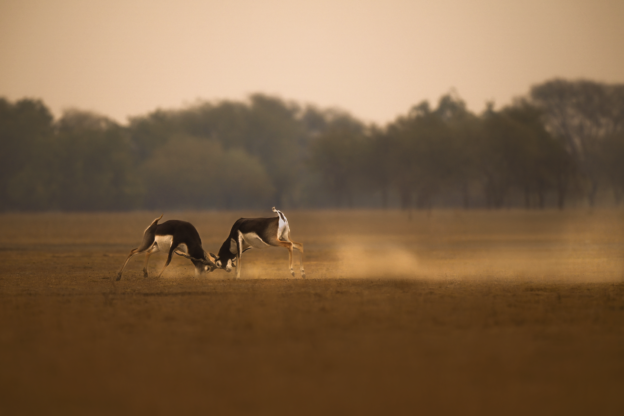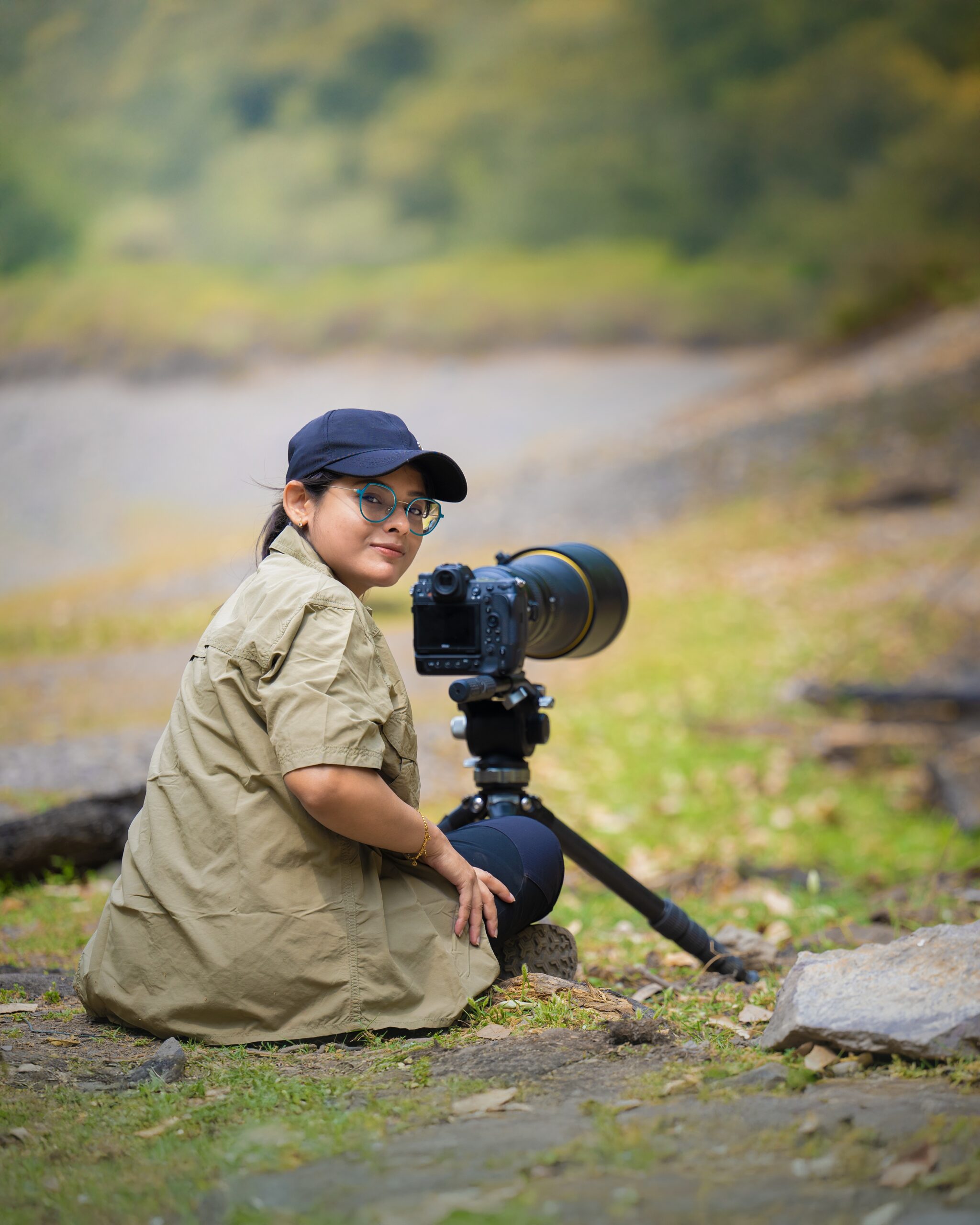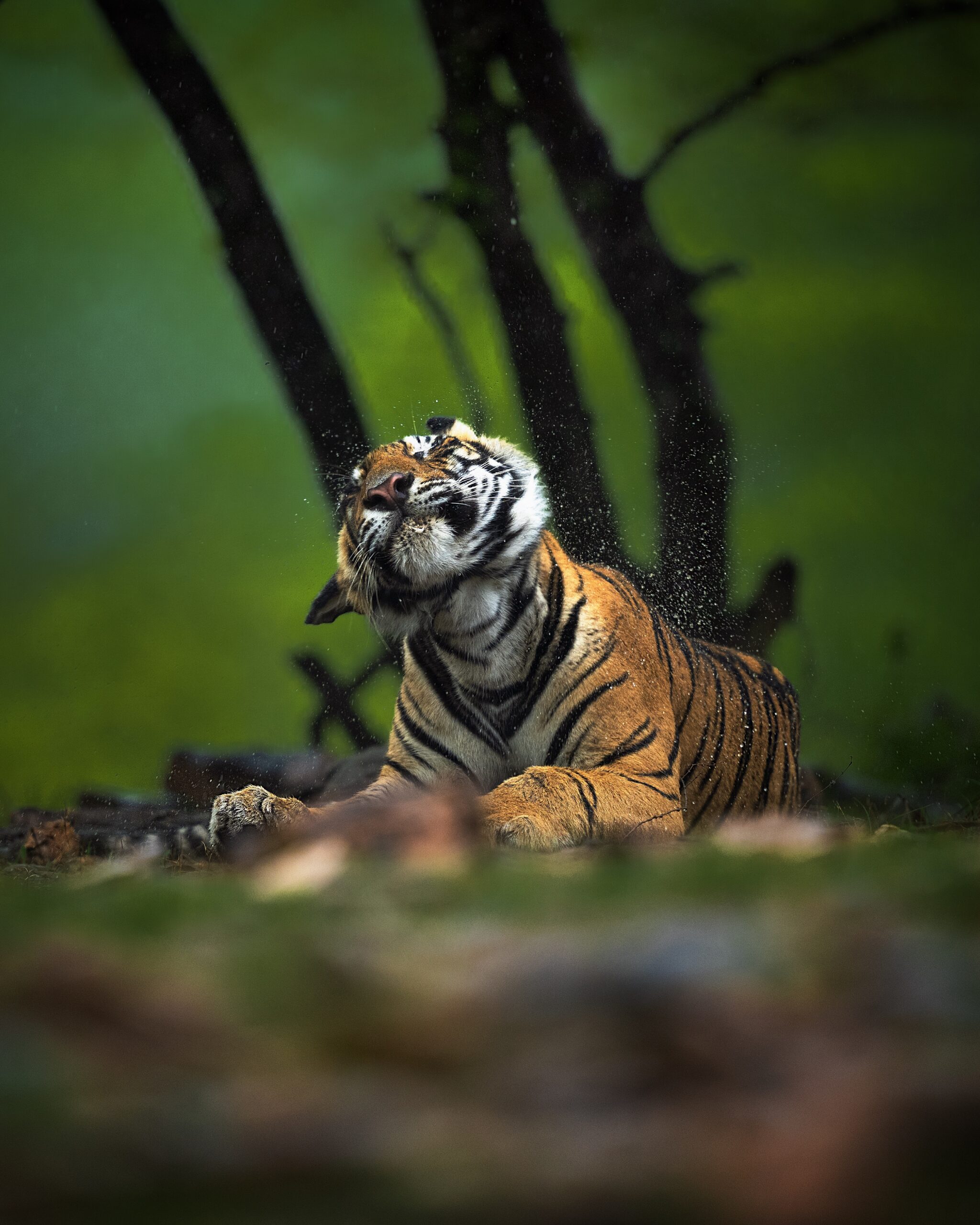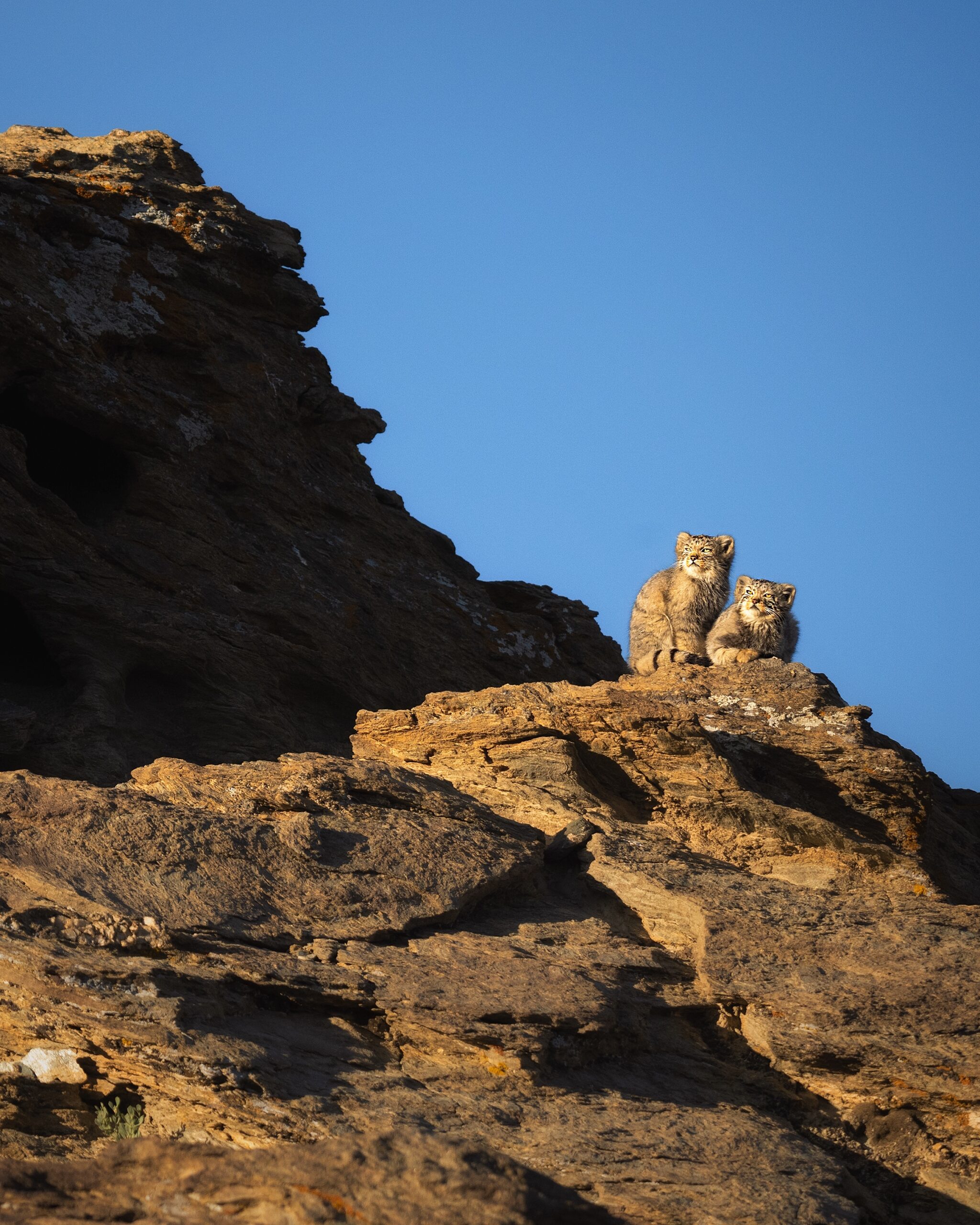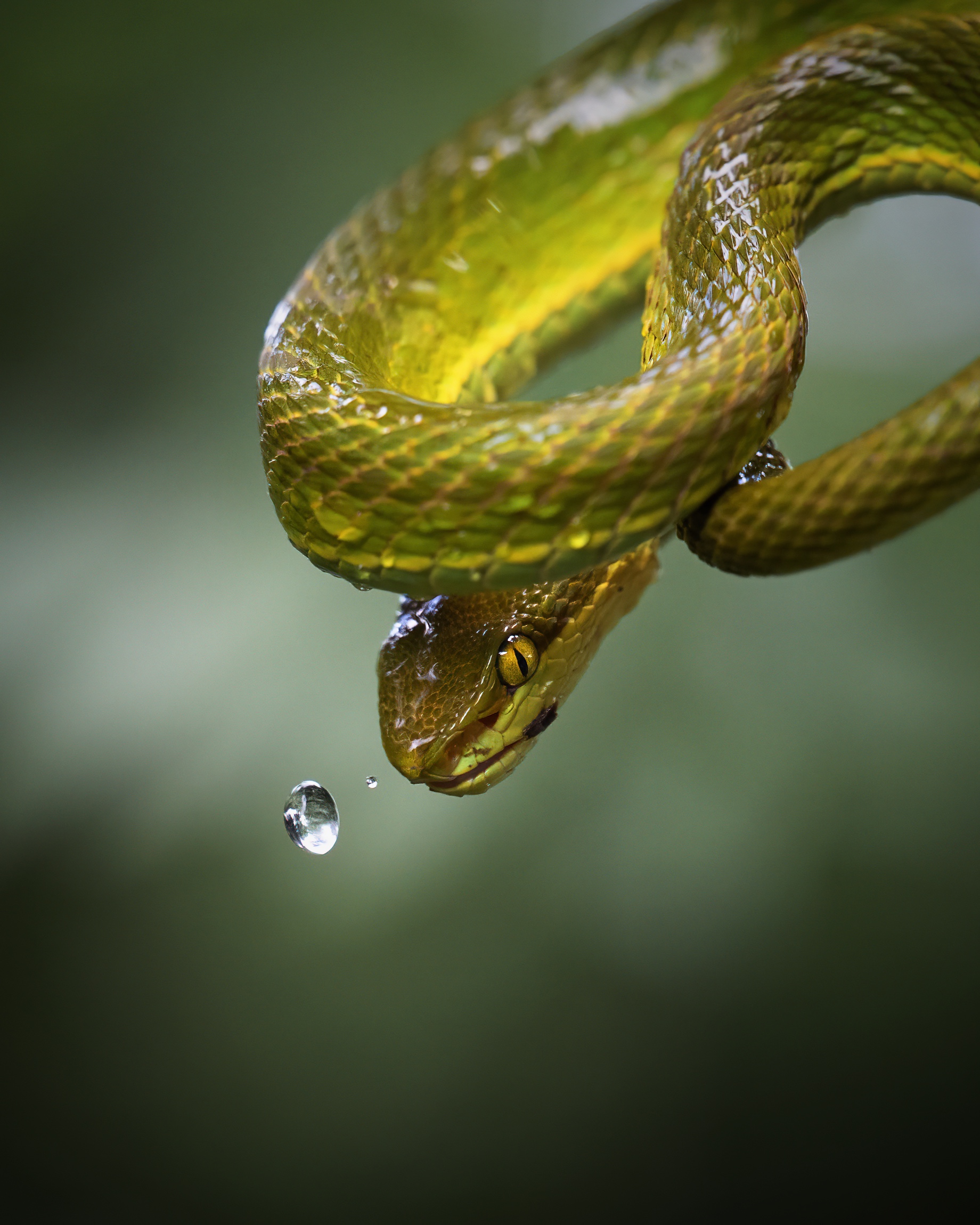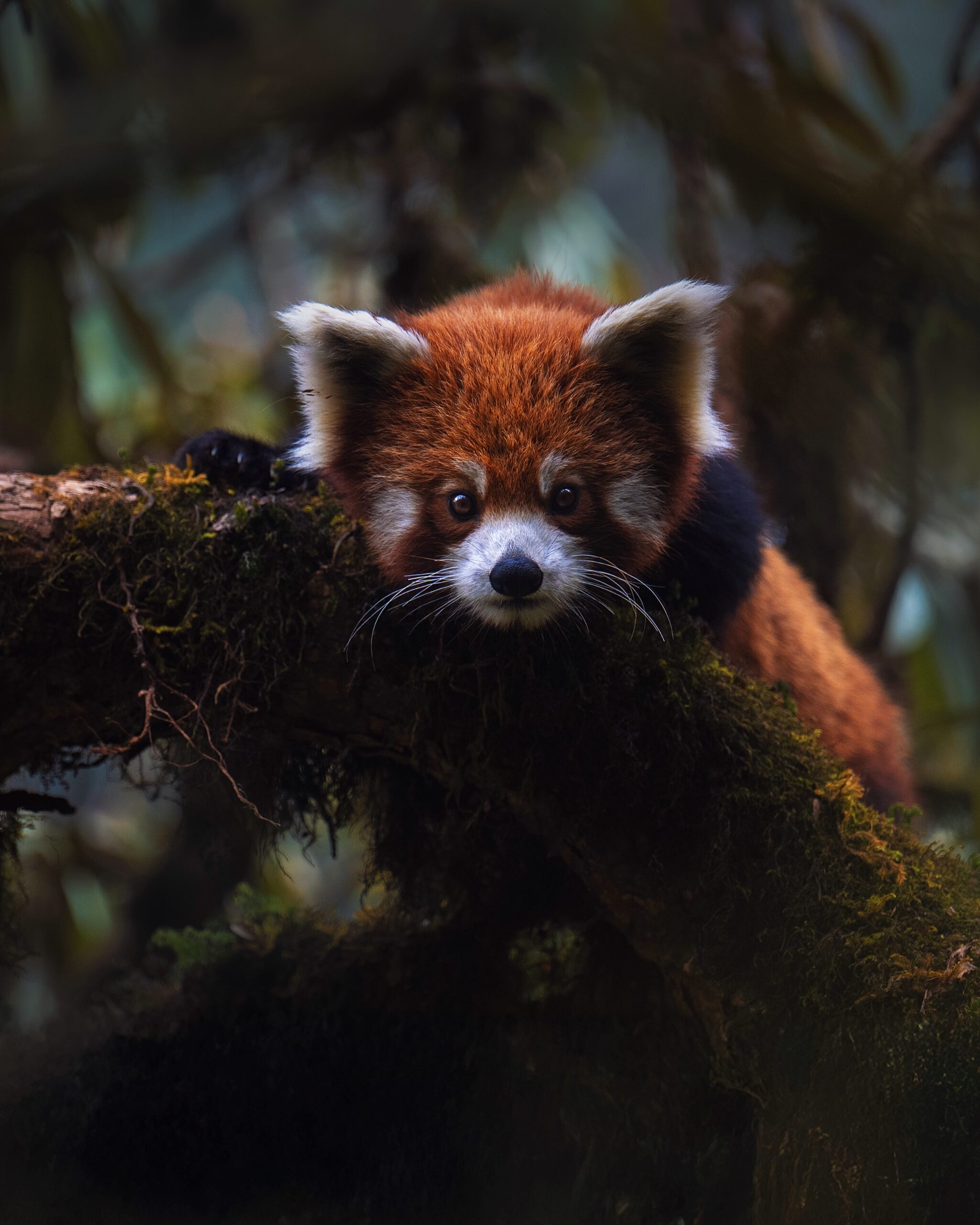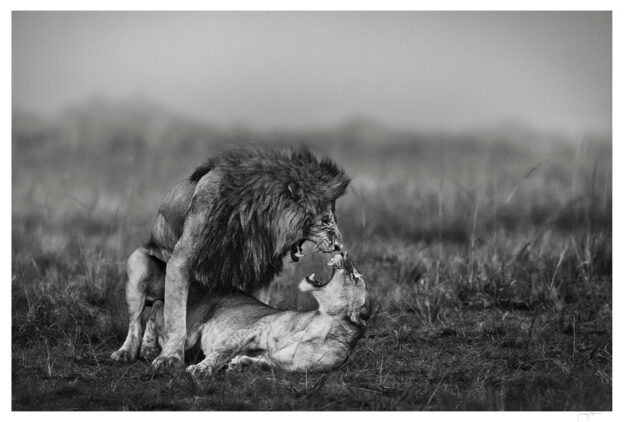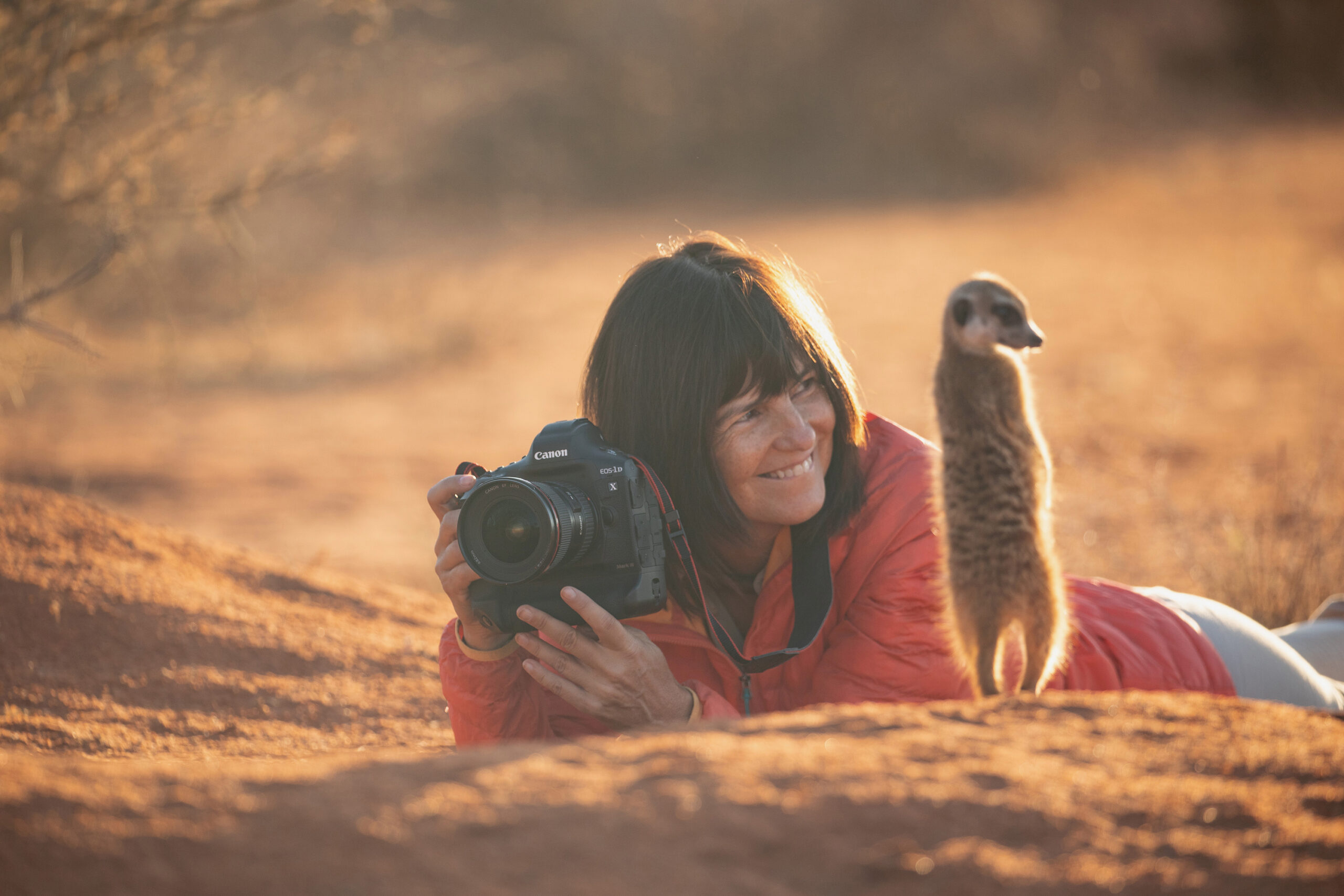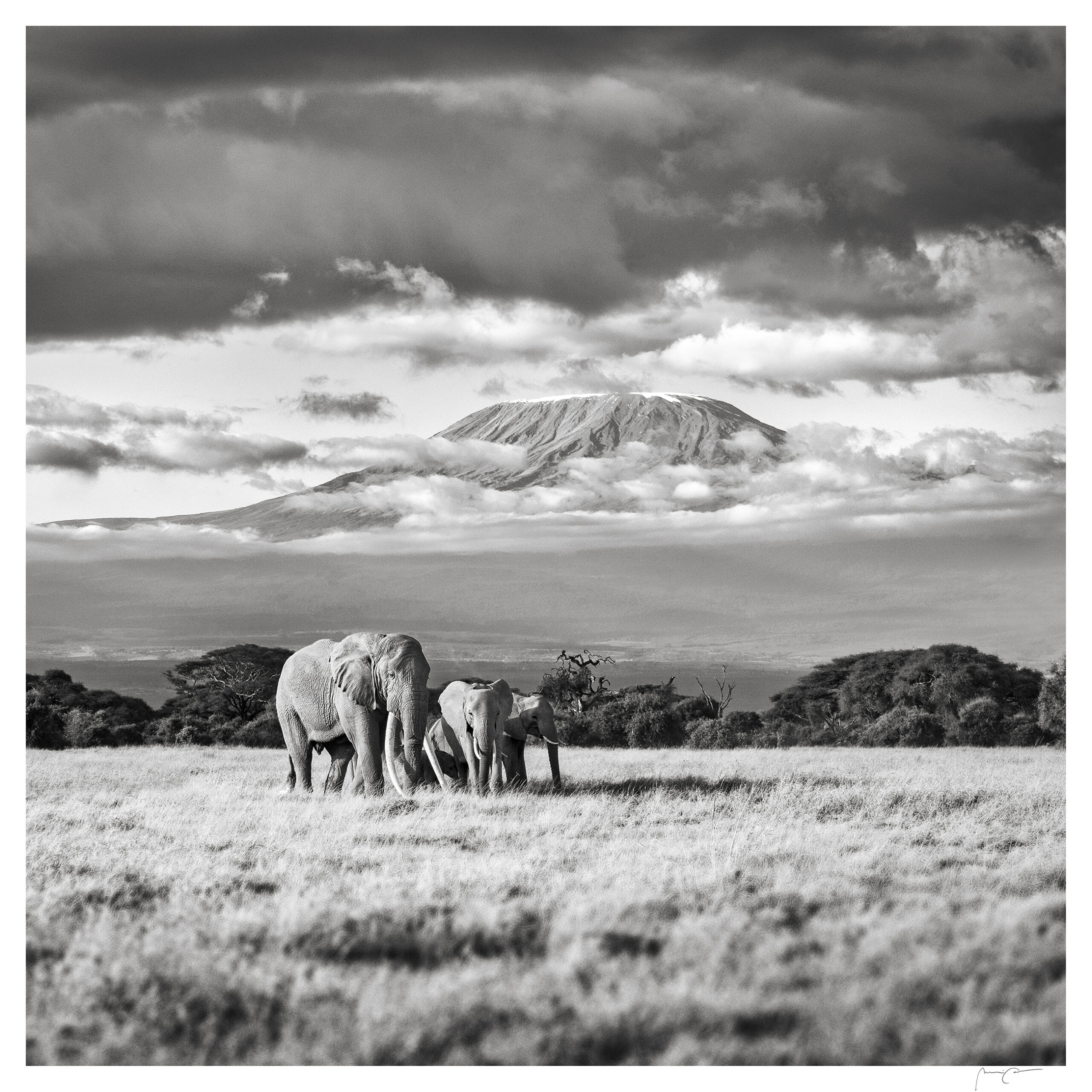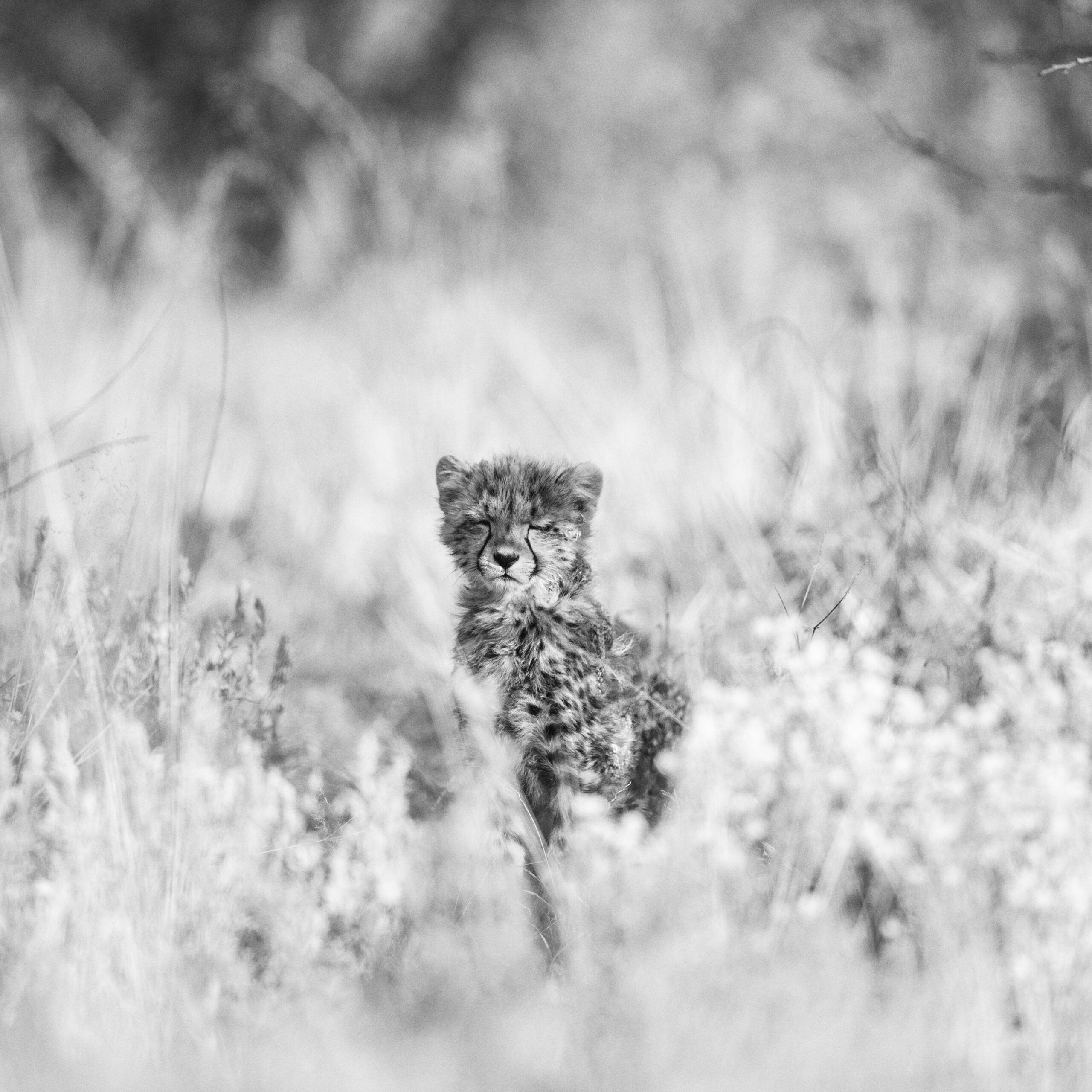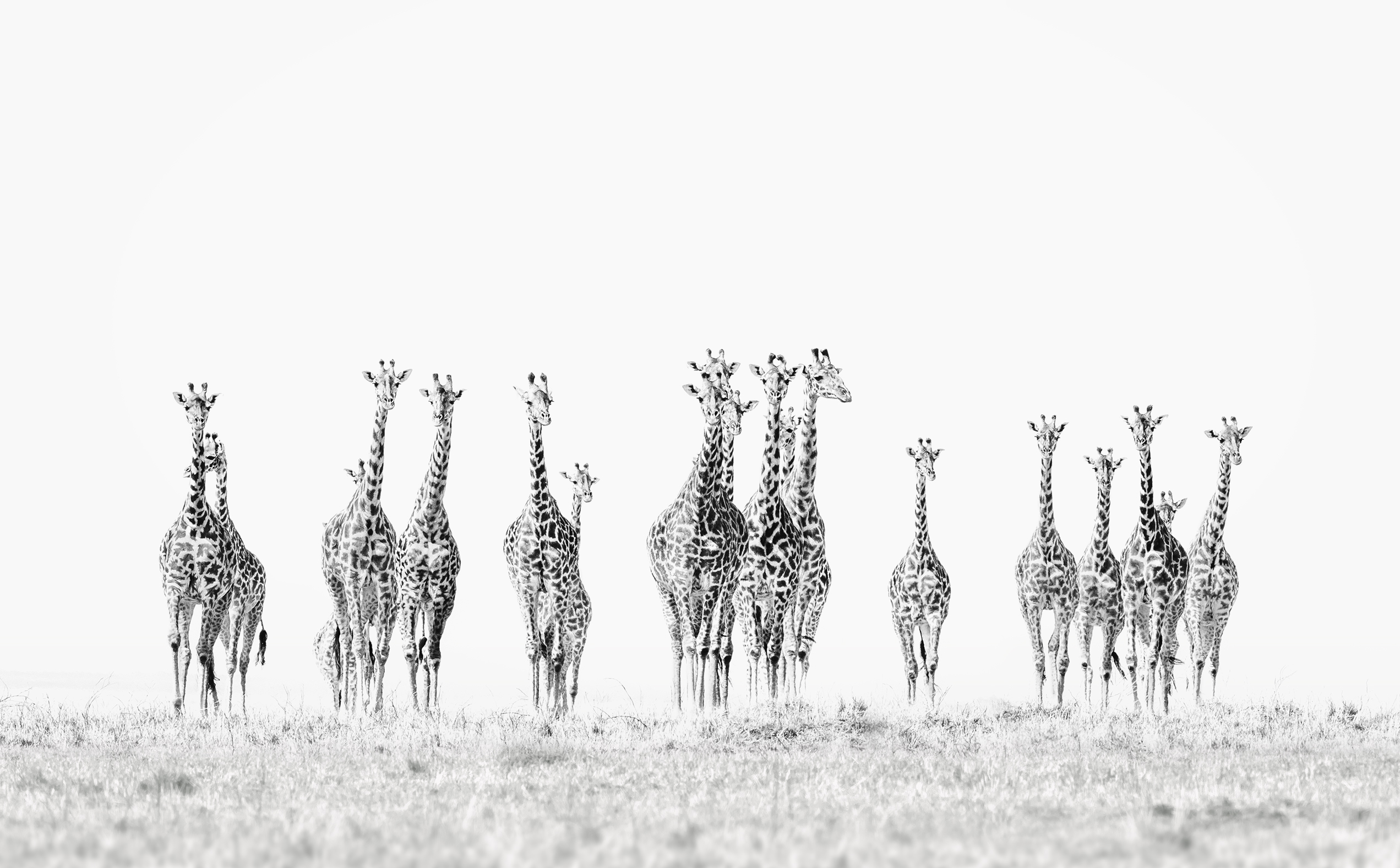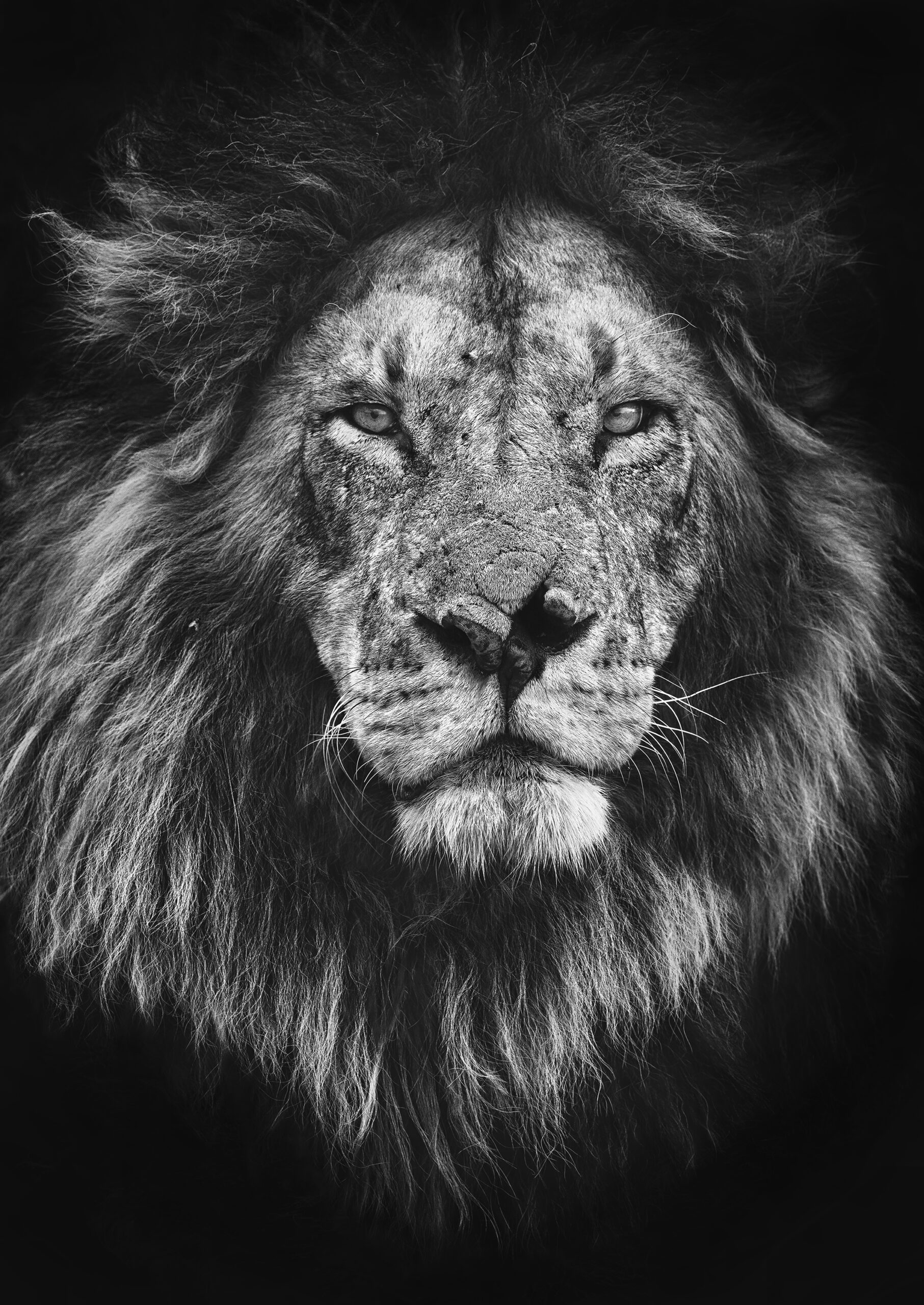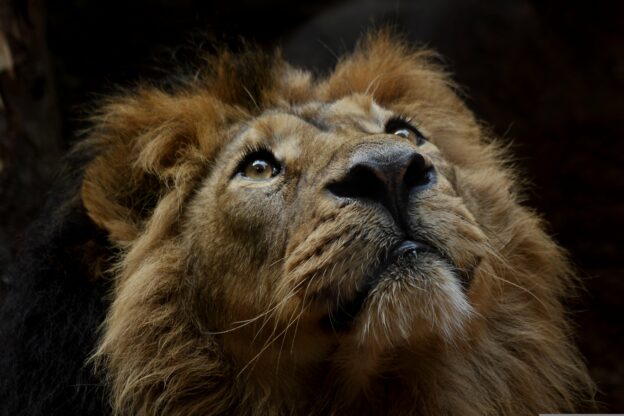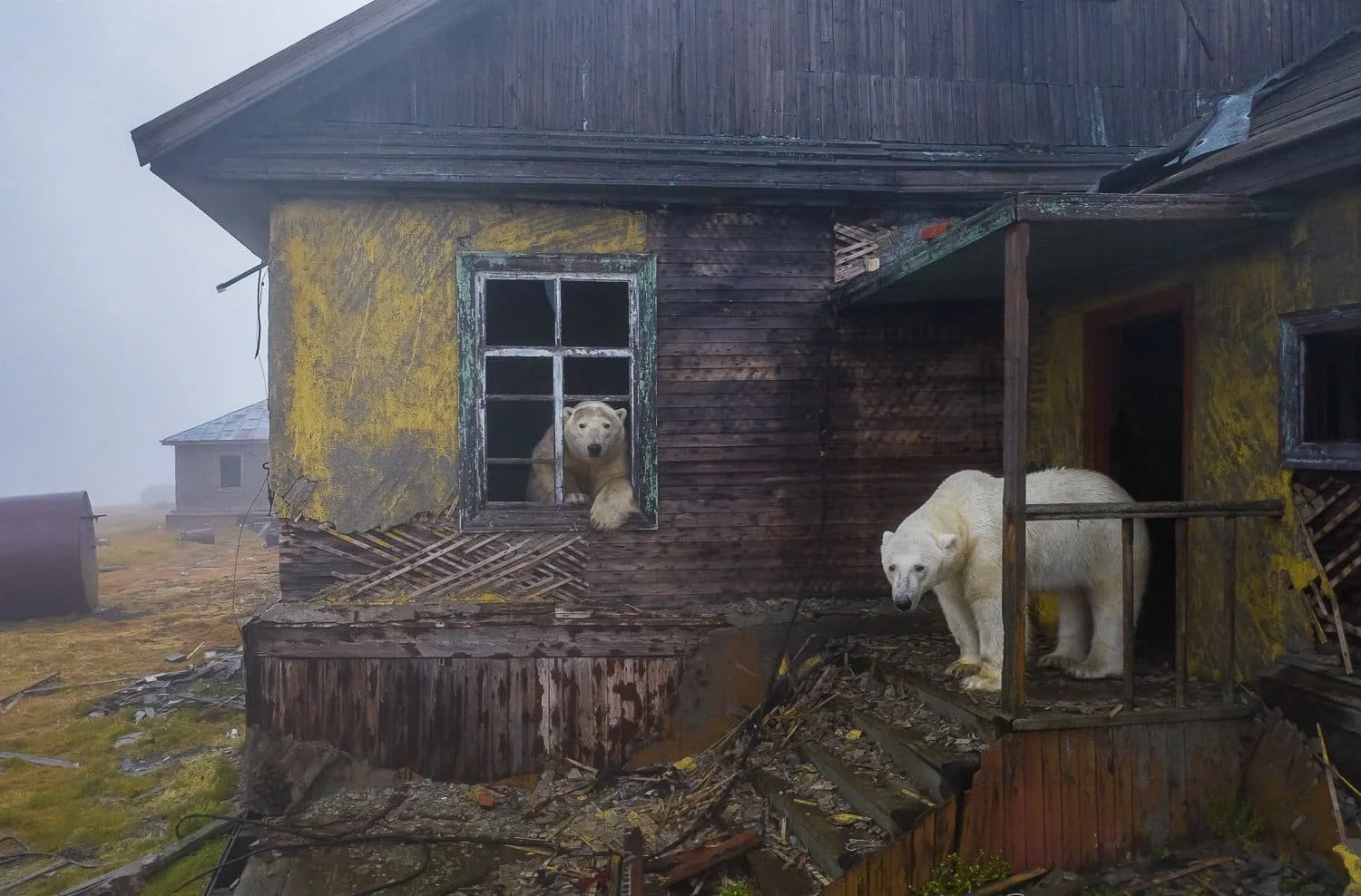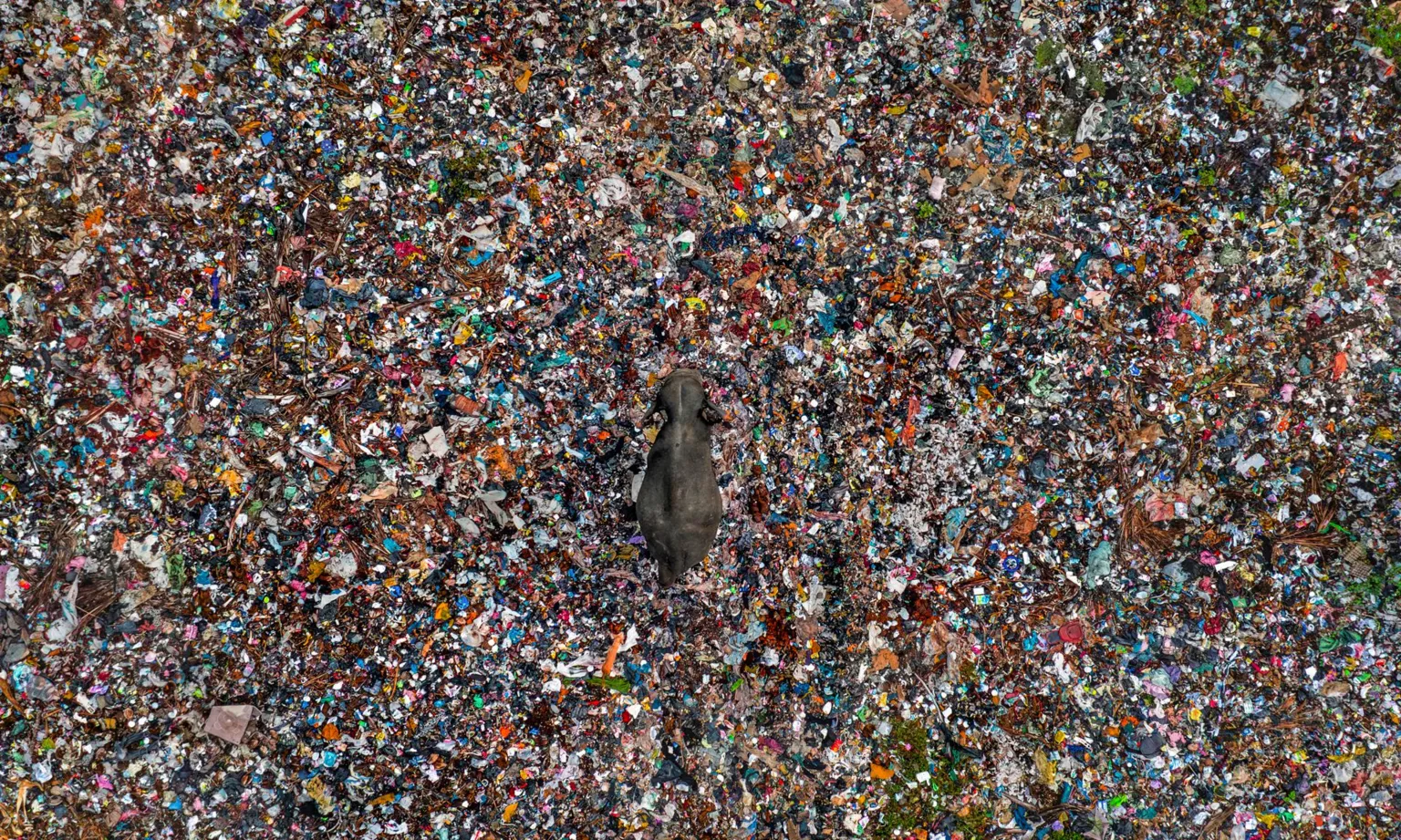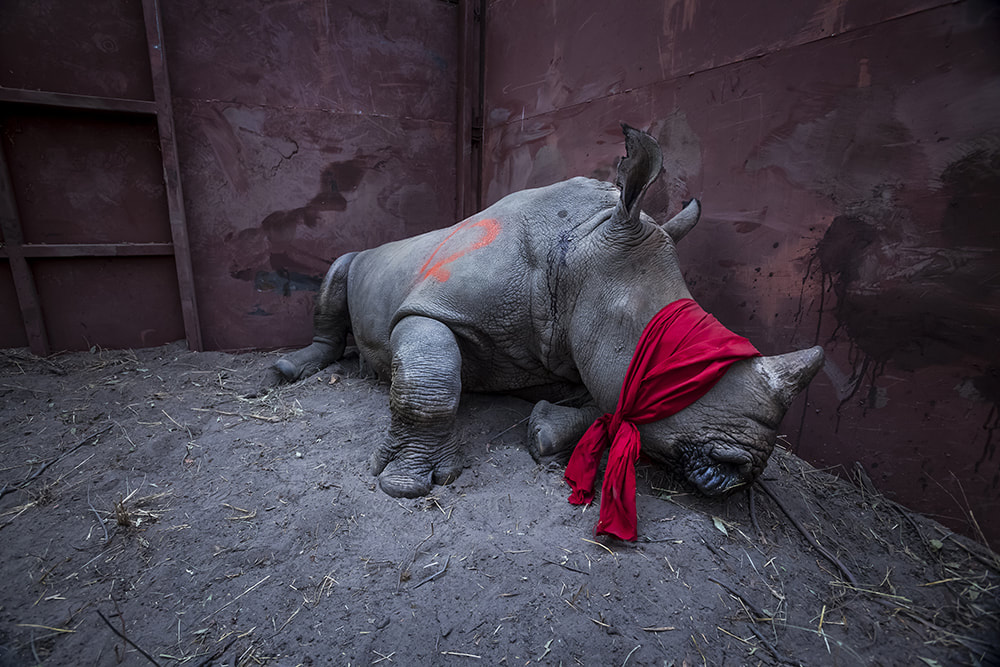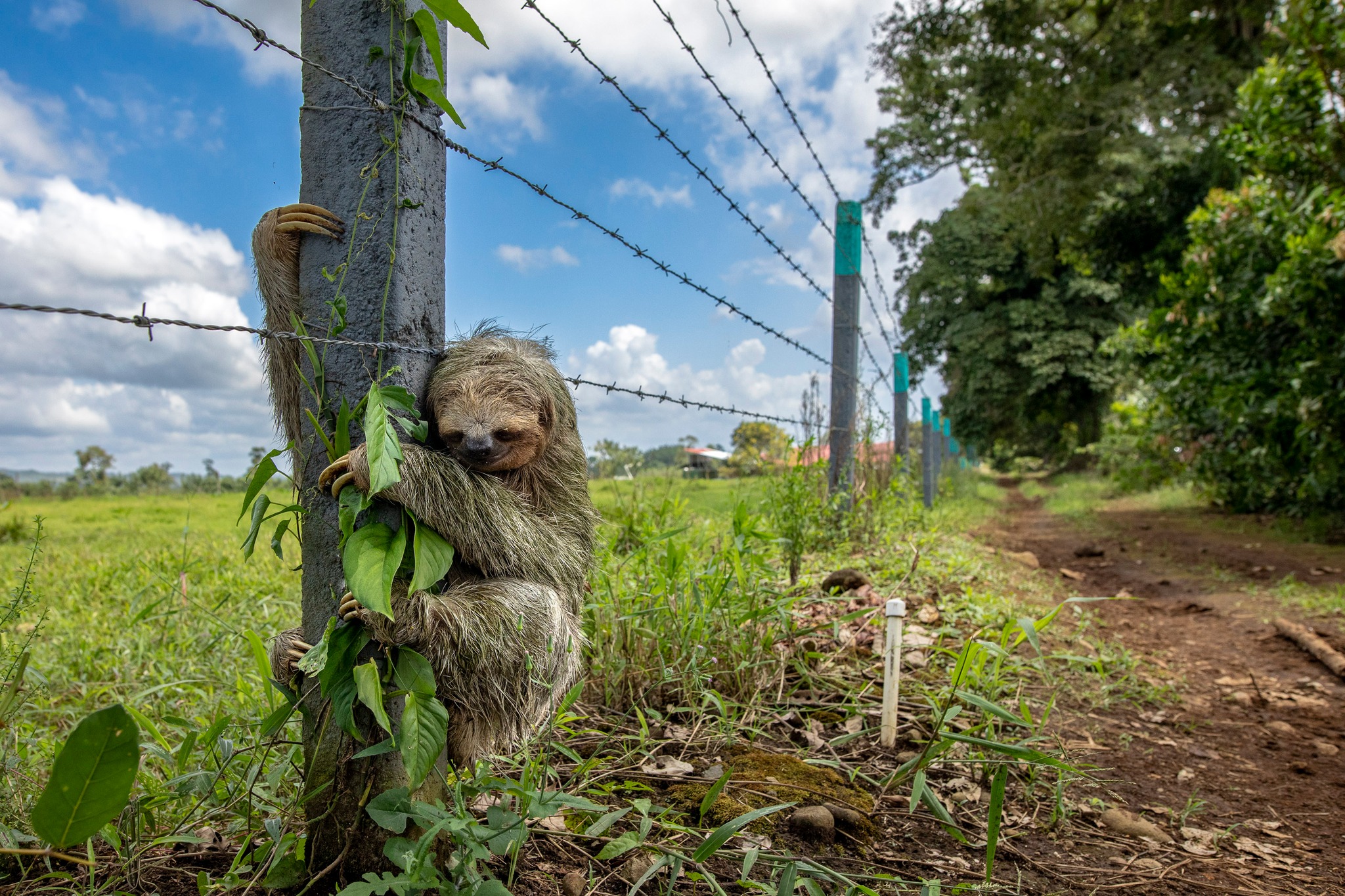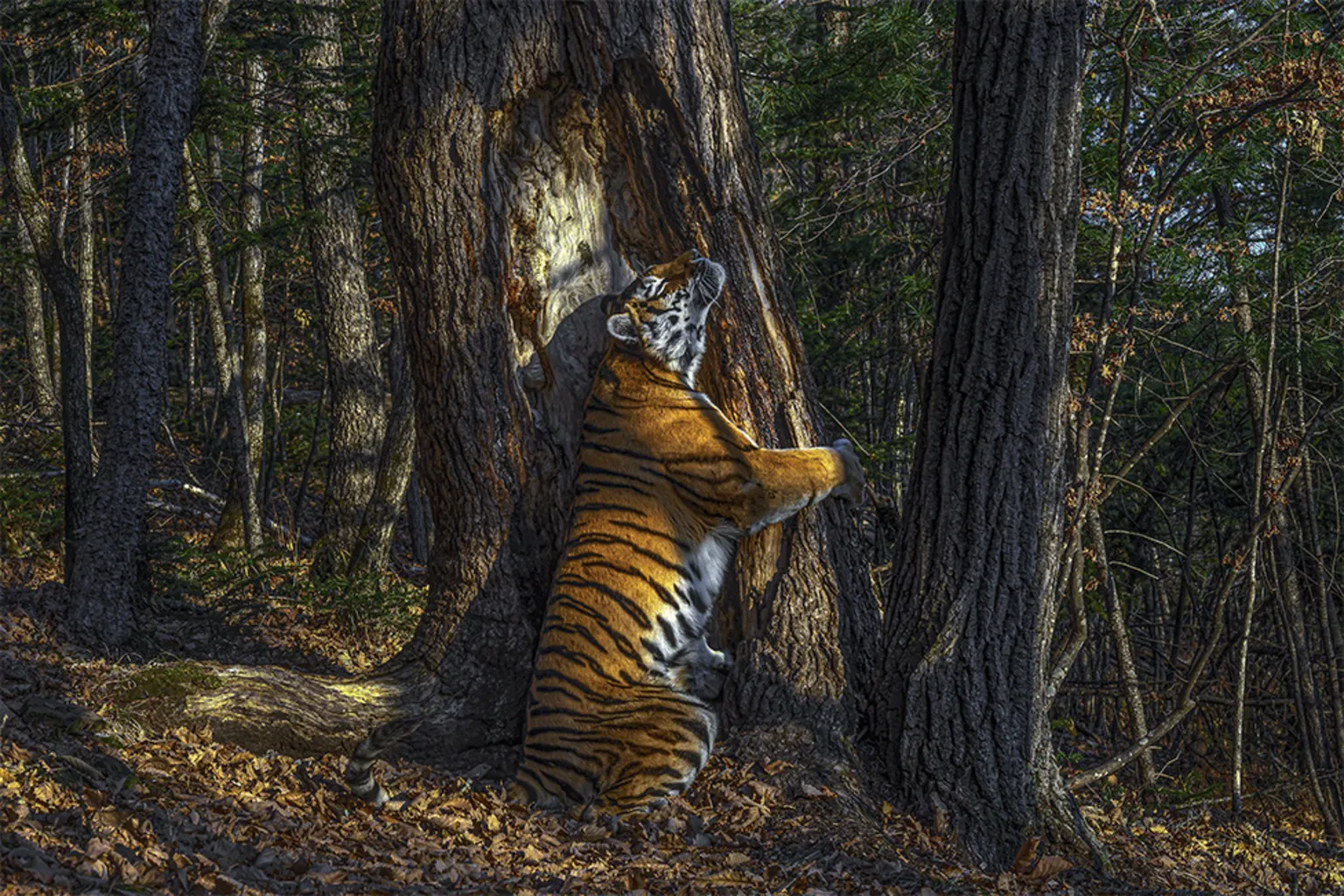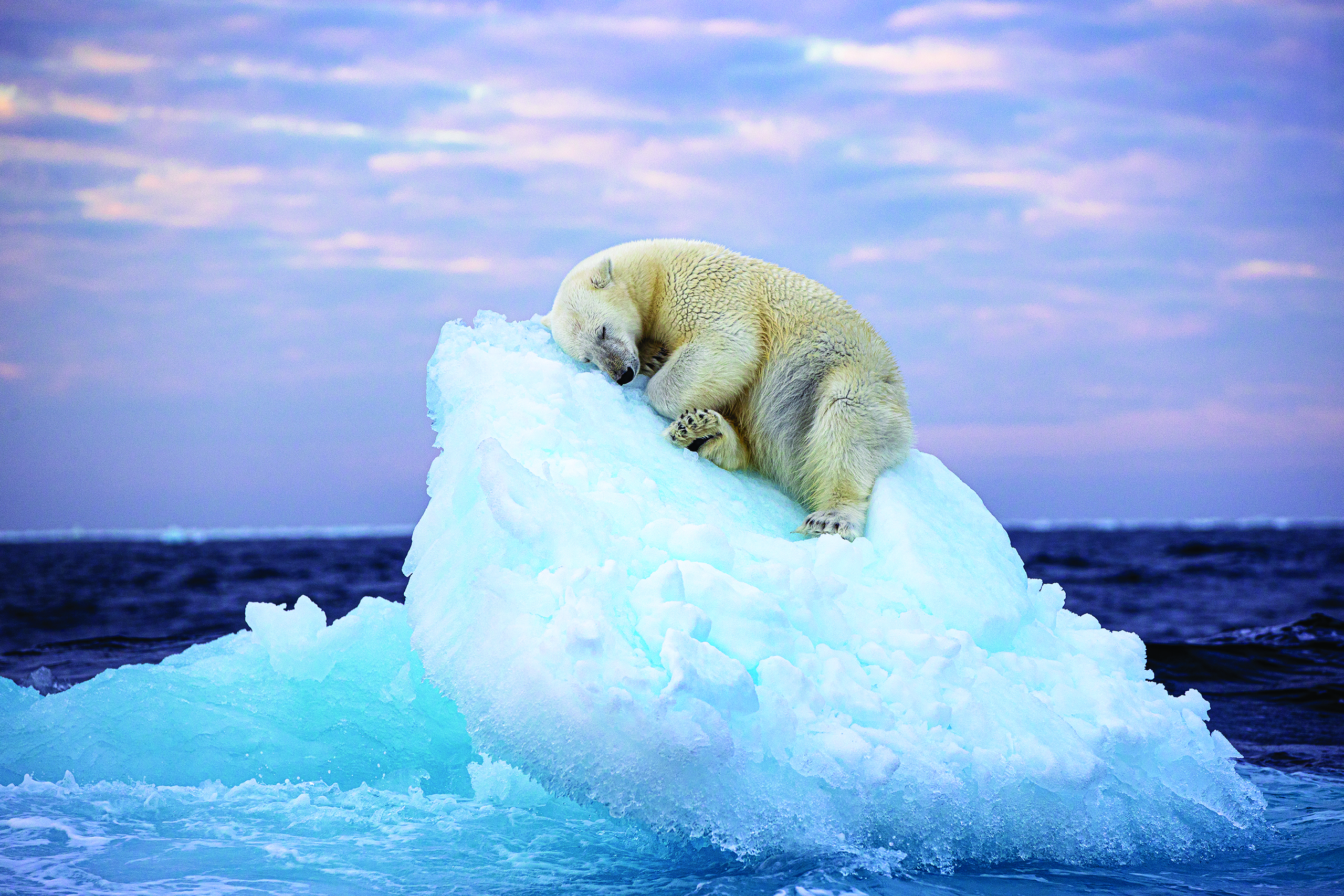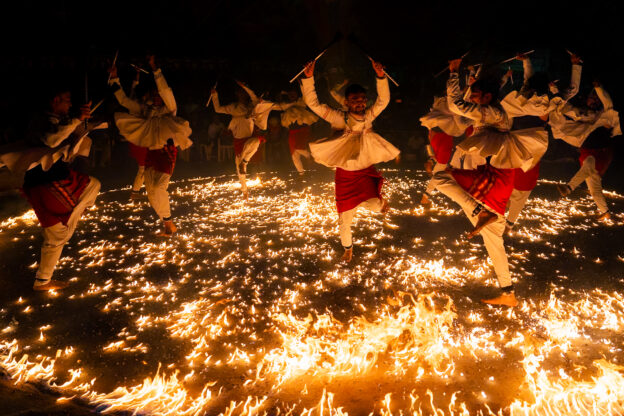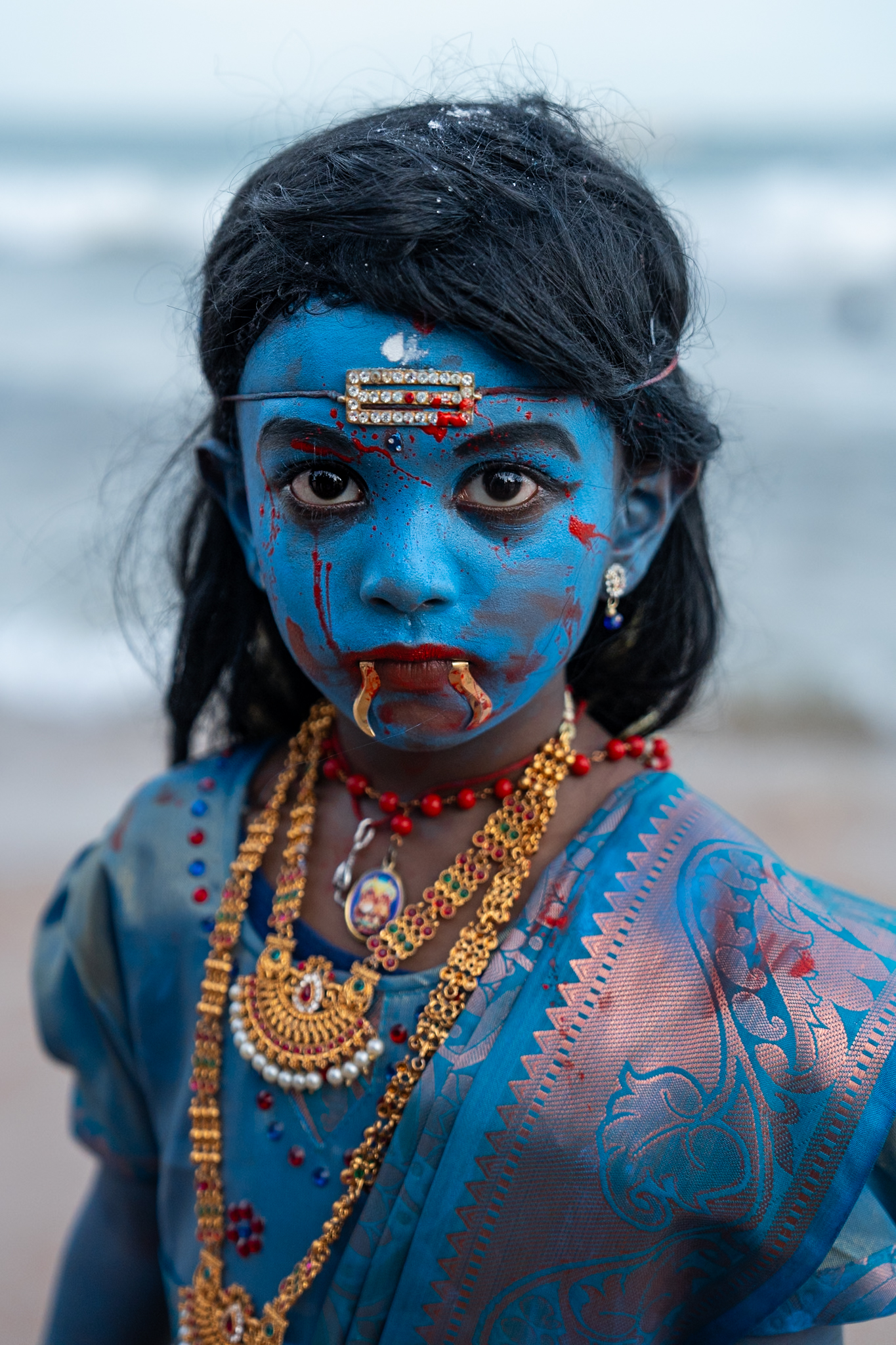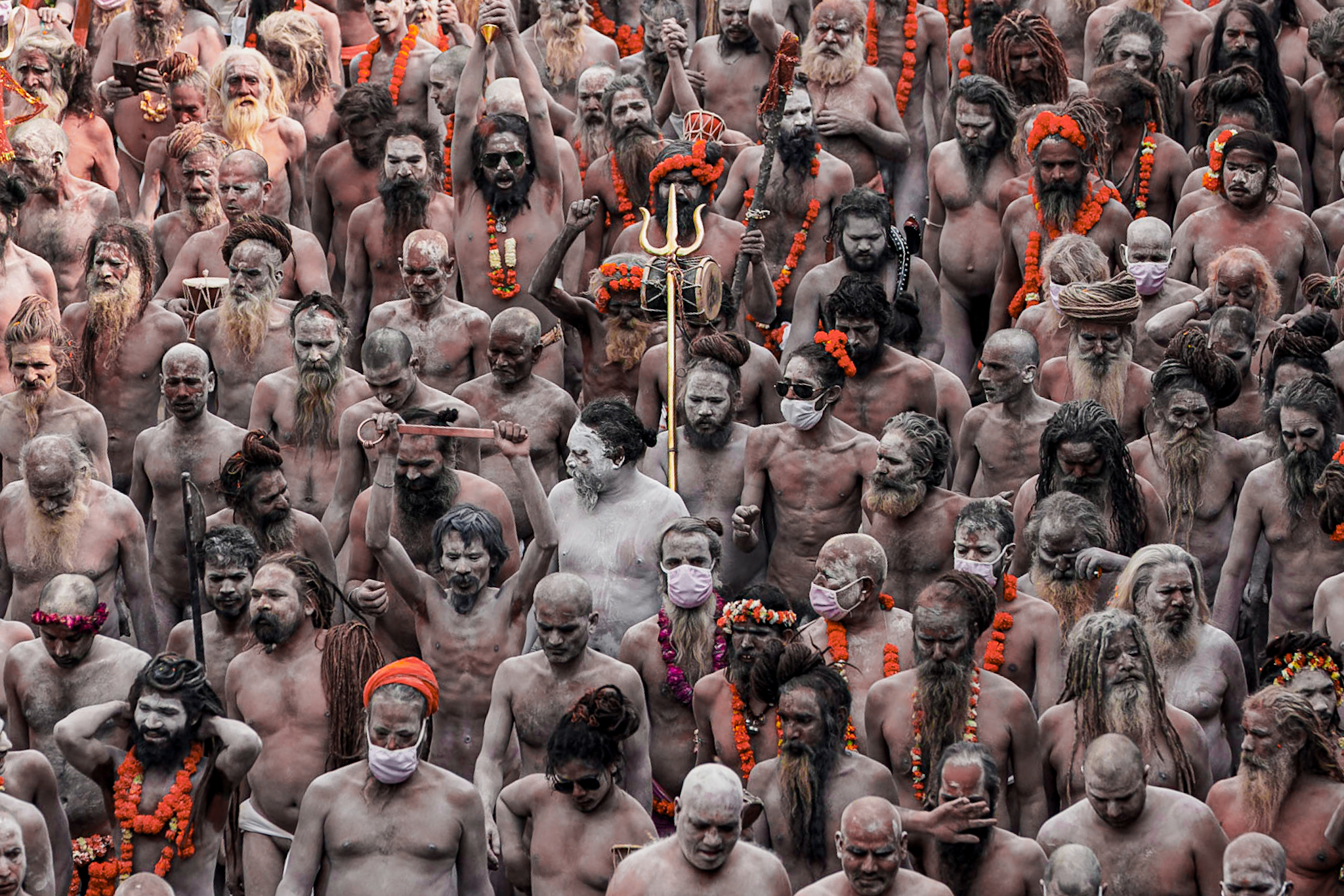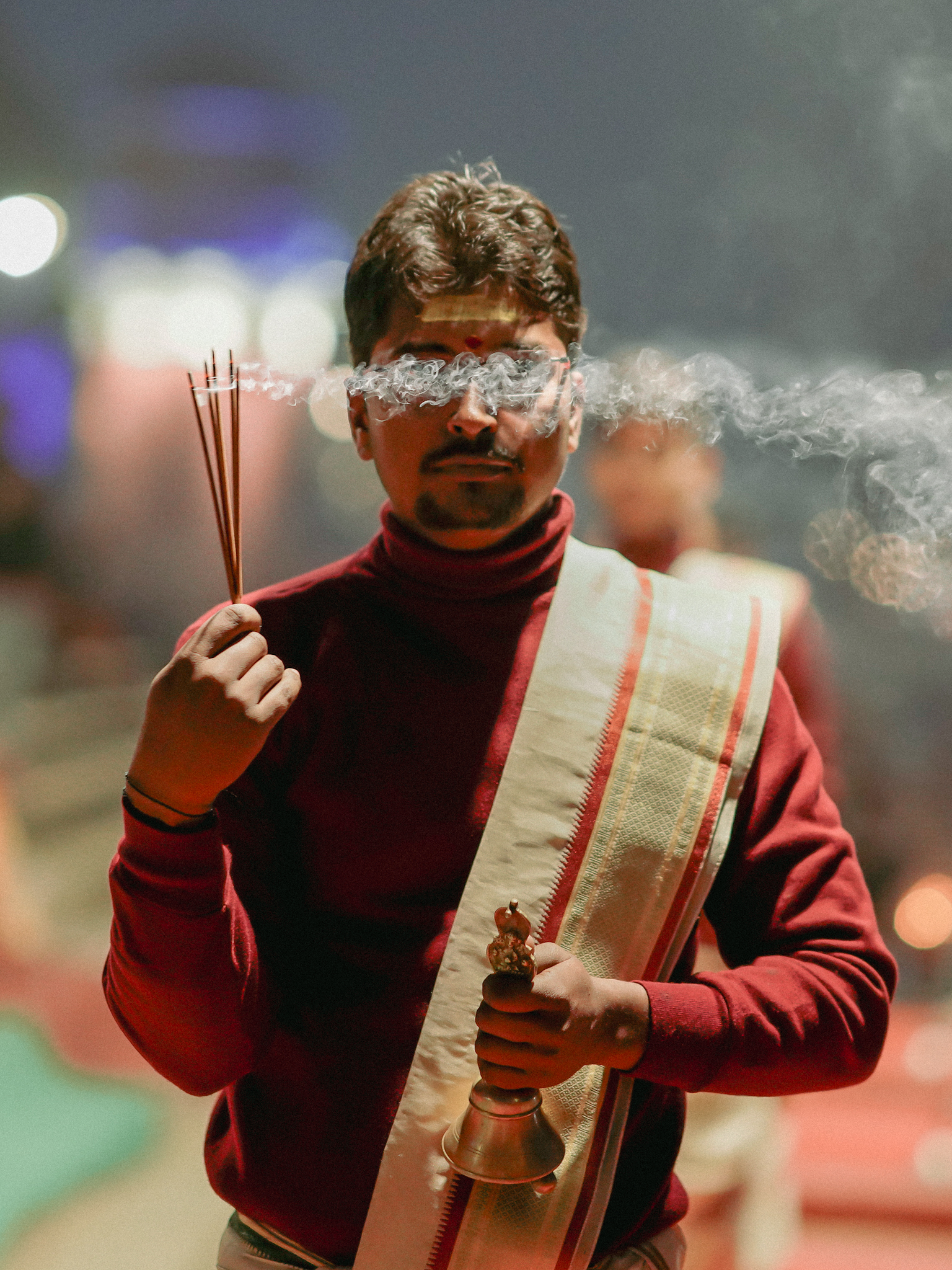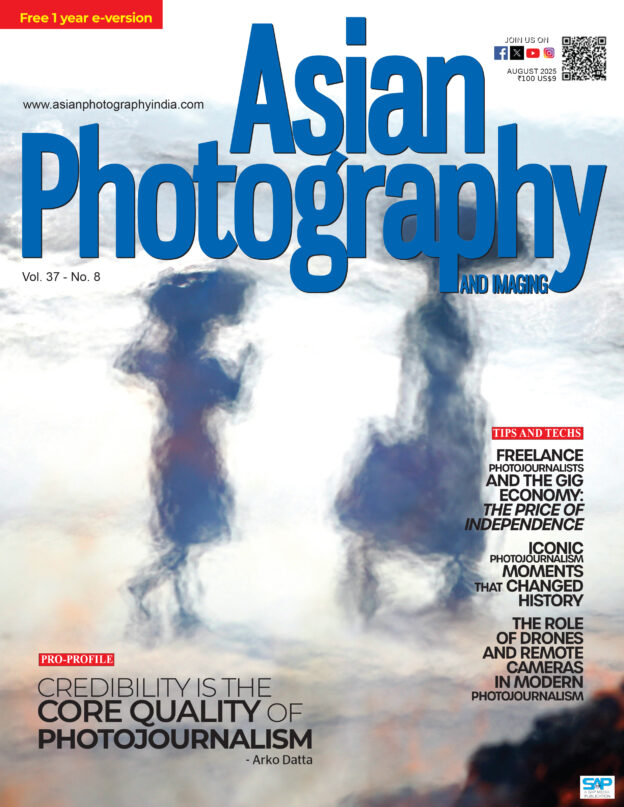
Tapan Sheth is a wildlife photographer who’s carved a name for himself through iconic portraits of Indian big cats, especially the Asiatic lions. Through his images, he aims to spread awareness and awe for the rich biodiversity in India with a keen eye on conservation. Asian Photography spoke to him about documenting & conserving wildlife, animal behaviour, unforgettable moments in the wild, and crucial newbie advice. Excerpts:
What first inspired you to focus on Indian wildlife, especially big cats?
When I visited the forest for the first time on a vacation trip, I never imagined it would change my life. The first time I saw an Asiatic Lion in Gir, it completely moved me. I still remember the feeling—the raw power, the grace, and the silence of the forest broken by its presence. It was almost magical. From that day, I knew I wanted to spend my life around them.
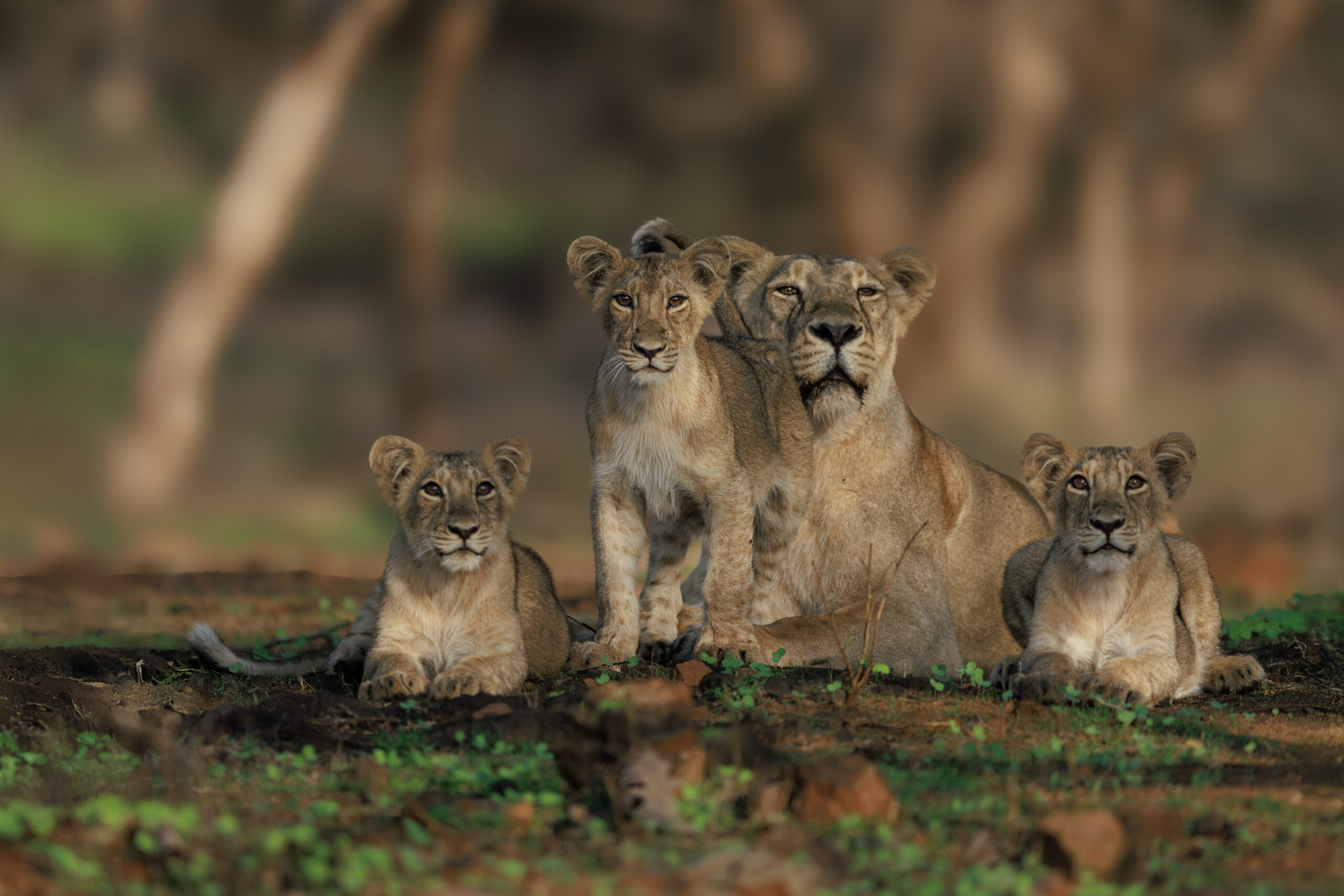
Big cats, for me, are not just animals. They are symbols of strength, survival and beauty. Over the years, I’ve spent countless hours in Gir, just observing them. Lions, tigers, and leopards have a presence that is impossible to ignore. Their strength, grace, and silent confidence make them stand apart from all other animals. For me, they are not just predators, but true guardians of the forest. Watching a lion walk with authority, a tiger blend perfectly with its jungle, or a leopard resting silently on a tree branch feels like watching pure magic.
I love big cats because each encounter feels personal, like meeting an old friend. What inspires me the most is how important they are for the balance of nature. By protecting them, we protect the whole ecosystem around them. That connection is what made me focus my work on these incredible animals.
Your images often capture intense animal behaviour. How do you anticipate those moments?
Capturing animal behaviour is all about patience, observation and understanding the forest. Animals never follow a script, so you can’t really predict every move, but you can prepare yourself to read the small signs they give. I spent a lot of time just watching them without clicking, and slowly started noticing patterns. For example, when a lion licks its nose, it often means a yawn is coming. When any big cat holds its tail straight and horizontal, it usually shows irritation or is a warning signal. Birds often poop before they take off, and different calls or alarm voices from animals can tell you that danger is nearby. These little signs are like clues to what might happen next.
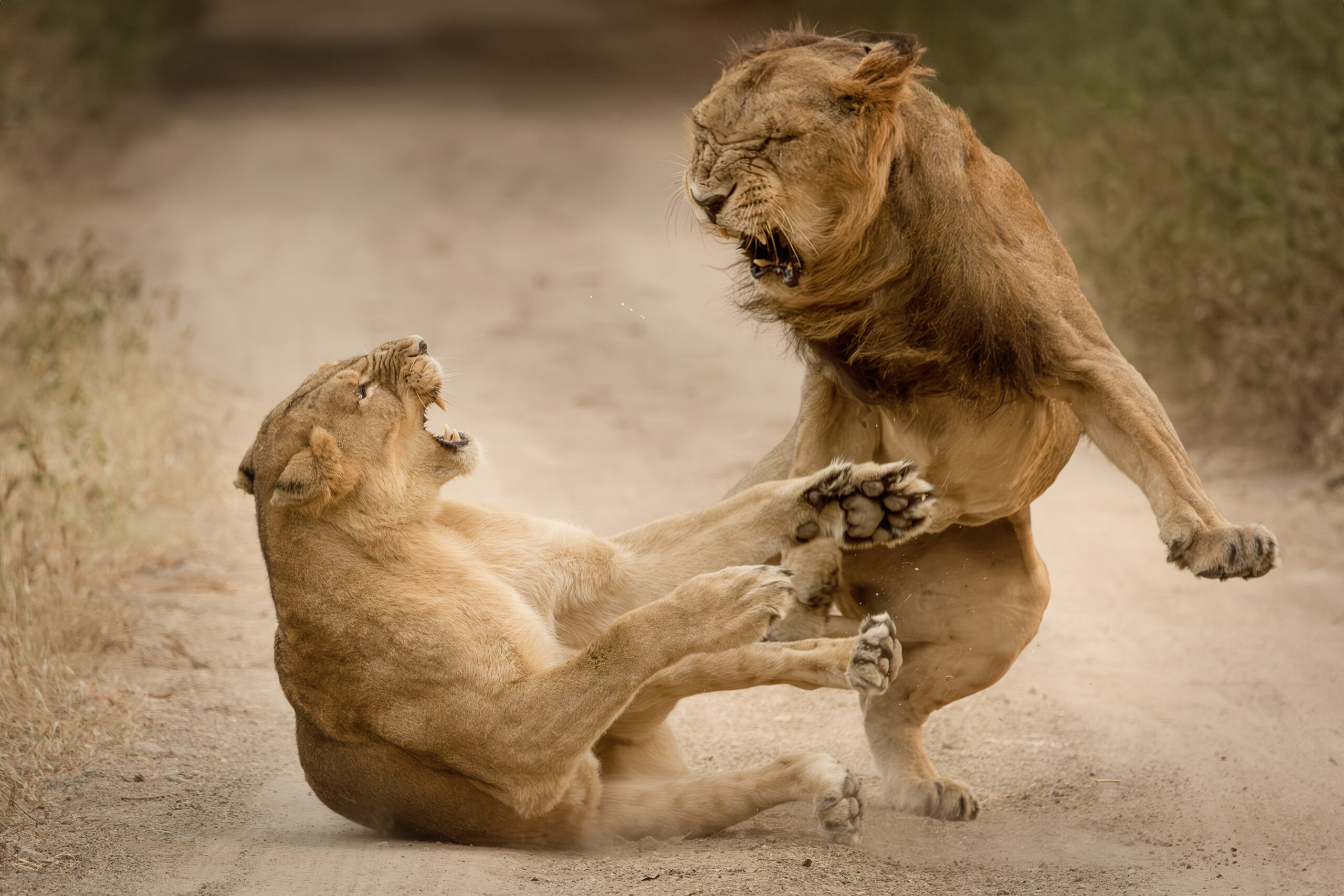
Experience also plays a big role. The more time you spend in the wild, the better you get at anticipating behaviour. Sometimes it’s as simple as noticing the time of day. Early mornings or late evenings are usually when animals are most active. At other times, it’s about understanding their body language and the environment around them.
But honestly, the biggest factor is patience. I’ve learned not to rush, to sit quietly, and let the forest reveal its moments. When you respect the space and rhythm of wildlife, you get rewarded with those rare and intense behaviors—a lion roaring, a leopard stalking, or even a small bird protecting its nest. It’s not just about pressing the shutter at the right time, it’s about being present, observing deeply, and letting nature guide you.
Do you see yourself more as a storyteller or a documentarian when photographing wildlife?
This question is a little tricky because I feel I am both, and which one comes forward depends a lot on what I am shooting. Every photograph, no matter how simple, is both a document and a story at the same time.
When I photograph any subject, I often think like a storyteller. Their expressions, movements, and interactions are full of emotions and drama. A lioness carrying her baby in her mouth and shifting to another place, or two tigers fighting for territory already tells a powerful story. Through my lens, I try to capture that mood so people who see the picture can feel the same energy I experienced in that moment.
At the same time, I can’t ignore the documentary side of my work. Every image also becomes a record of wildlife behaviour, habitat, and even conservation value. For example, documenting any big cat crossing a railway track, or some passage of migrant birds rarely seen in a particular area, or even a unique natural history behaviour of an animal, all add important knowledge. Sometimes, a simple photograph of a frog, a snake, or even a tiny insect becomes a valuable piece of documentation of India’s biodiversity.
So, I don’t see storytelling and documentation as separate things. They walk together in my photography. A photo may move someone emotionally while also teaching them something real about the subject. That balance is what I try to achieve. If someone looks at my picture and feels a story while also learning something about the animal or its world, then I know I have done justice to both roles.
Indian wildlife is under pressure from habitat loss. How do you hope your photography contributes to conservation?
Indian wildlife is facing many challenges, and habitat loss is one of the biggest. Forests, grasslands, wetlands—all of these are shrinking, affecting every living creature. As a wildlife photographer, I believe my photography can help by creating awareness and building an emotional connection between people and nature.
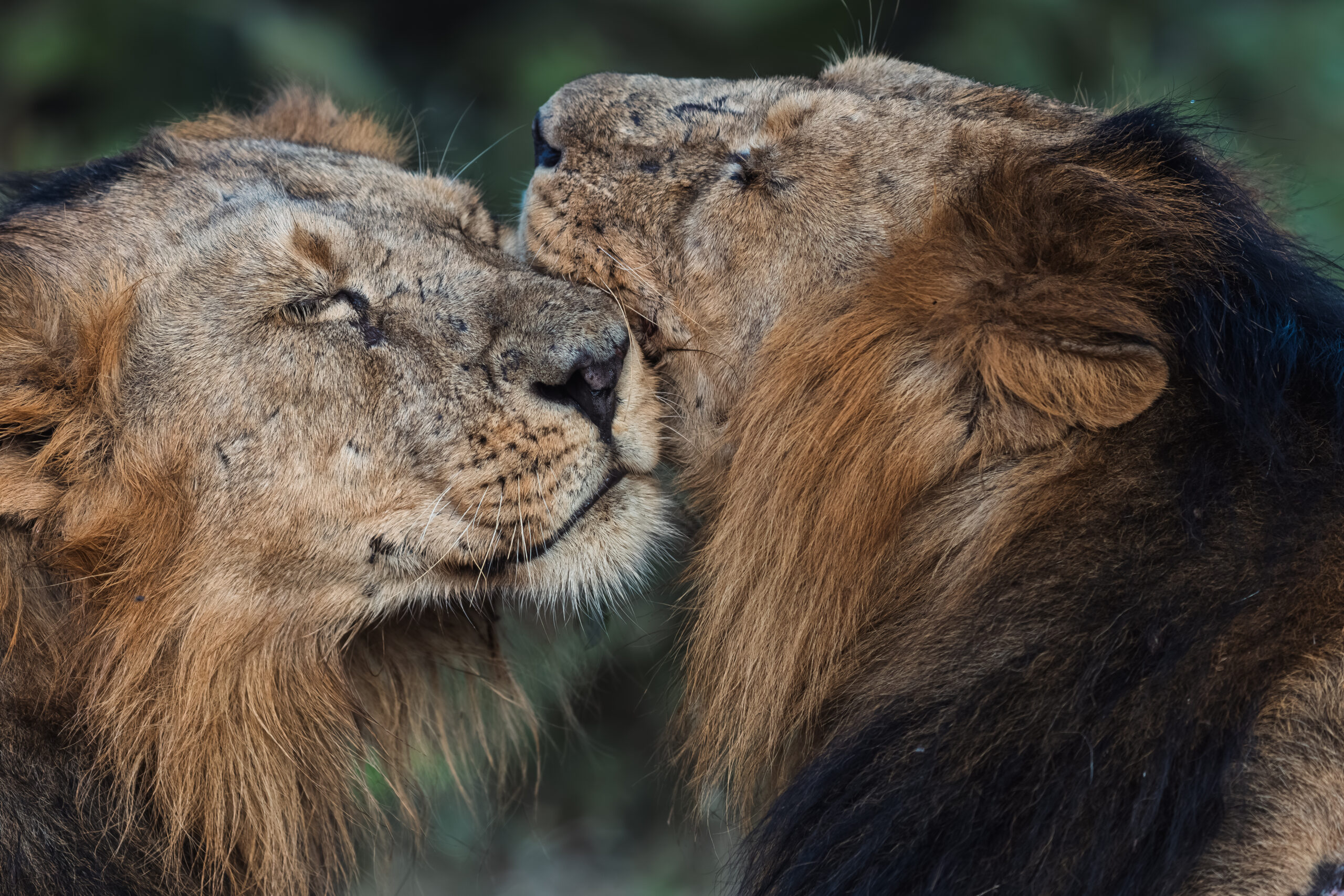
Whenever I take a picture, my aim is not only to capture the beauty of an animal, but also to tell its story. When people see such images, they often feel a sense of admiration and respect for the animal. This connection can inspire them to care more about wildlife and the need to protect it.
I also try to share my work through exhibitions, talks, workshops, and social media so that more people can see the value of protecting our natural heritage. My hope is that when people fall in love with the beauty of Indian wildlife, they will support conservation efforts in their own way.
I see photography as a bridge between humans and nature. If my images can touch hearts and encourage even a few people to respect and protect wildlife, then I feel my work has made a positive difference.
If you had to describe the essence of Indian wildlife in one image you’ve taken, which would it be and why?
This image of an Asiatic lion walking along a dusty forest path is very close to my heart. Asiatic lions are found only in India, and their last home is the Gir forest. That makes this picture very special, because it immediately represents something unique about Indian wildlife that cannot be seen anywhere else in the world.
The forest around the lion, with its mix of golden and green trees, adds another layer to the story. It shows the natural beauty of India’s wild spaces—raw, wild, and full of life. These landscapes are not just backgrounds; they are the lifelines that allow animals like lions to survive and thrive. Through this frame, I wanted to capture not only the animal, but also its world.
The way the lion walks down the path, calm yet confident, gives a sense of power and freedom. It is a reminder of why these animals are called the “kings” of the forest. For me, it also reflects the pride of India’s biodiversity—strong, resilient, and truly one of a kind.
As a wildlife photographer, I believe one image should speak both emotionally and factually. This picture does that. It tells the story of a rare species and at the same time highlights the importance of protecting their home. To me, this single frame represents the essence of Indian wildlife—a combination of unique species, beautiful landscapes, and the deep connection between them.
What’s been your most unforgettable moment behind the lens so far?
There have been many special moments in my photography journey, but if I have to choose the most unforgettable ones, two experiences stand out clearly in my heart.
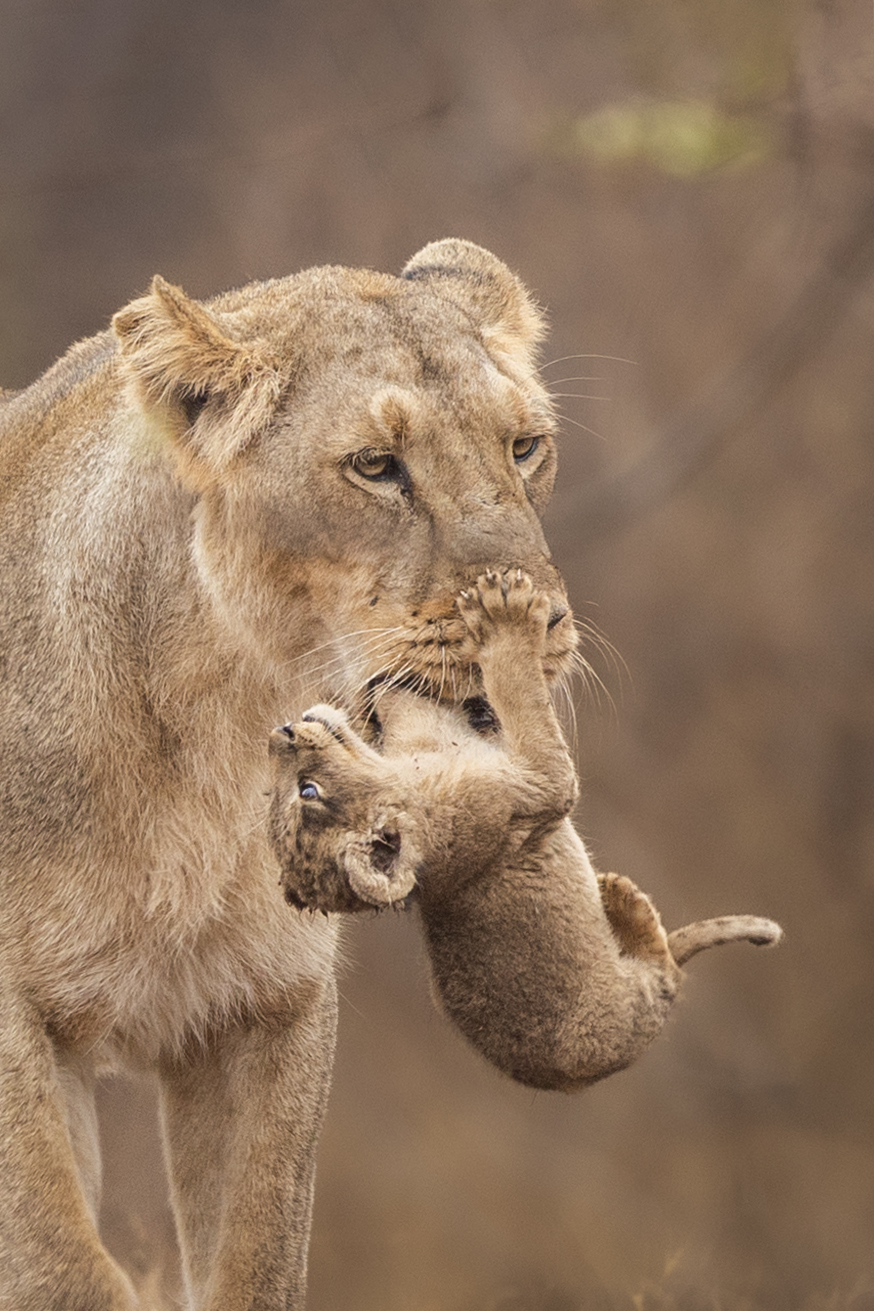
The first one was in Gir, when I saw a lioness carrying her tiny cub gently in her mouth while shifting it to a safer place. In my 12 years of photographing wildlife, this was the very first time I had witnessed such a scene. It was not just a rare sight, but also an incredibly emotional one. Watching the bond between mother and cub, the care and responsibility in her every step, touched me deeply. I still remember the moment so clearly—I actually had tears in my eyes while clicking. It was one of those times when nature makes you feel humble and grateful just to be present.
The second unforgettable moment was when I saw the famous tigress Riddhi with her cubs. They were crossing an island, moving gracefully through the water. The sight of a strong tigress leading her young ones, showing them how to survive, was breathtaking. It felt like watching a live drama of strength, courage, and motherhood, all unfolding right in front of me.
Both of these moments are etched in my memory forever. They remind me why I fell in love with wildlife photography—it’s not just about the picture, it’s about the emotions, the stories, and the privilege of witnessing such raw and beautiful moments in nature.
What would be the most vital thing you’d like to teach a newbie photographer about wildlife?
If I had to teach one vital thing to a new wildlife photographer, it would be this—don’t just focus on clicking pictures. Learn about the animals first, study their species, their behaviour, their habitats, and the role they play in nature. When you understand your subject, your photography becomes more meaningful and powerful.
Respecting the animals and mother nature is equally important. Always maintain a safe distance, avoid disturbing them, and never harm their environment just to get a shot. Wildlife photography is not about chasing popularity or getting likes and shares on social media, it’s about observing, learning, and telling the story of nature in the right way.
Cameras and lenses are so advanced today that anyone can take sharp and beautiful pictures. What will truly set you apart is your knowledge, patience, and respect for wildlife. Spend more time watching and understanding your subjects before clicking. The more you know, the better your images will be.
Like the famous line from the movie 3 Idiots—Don’t run after success; focus on excellence. In wildlife photography, excellence comes from respect, knowledge, patience, and a genuine love for nature.
